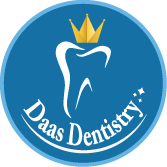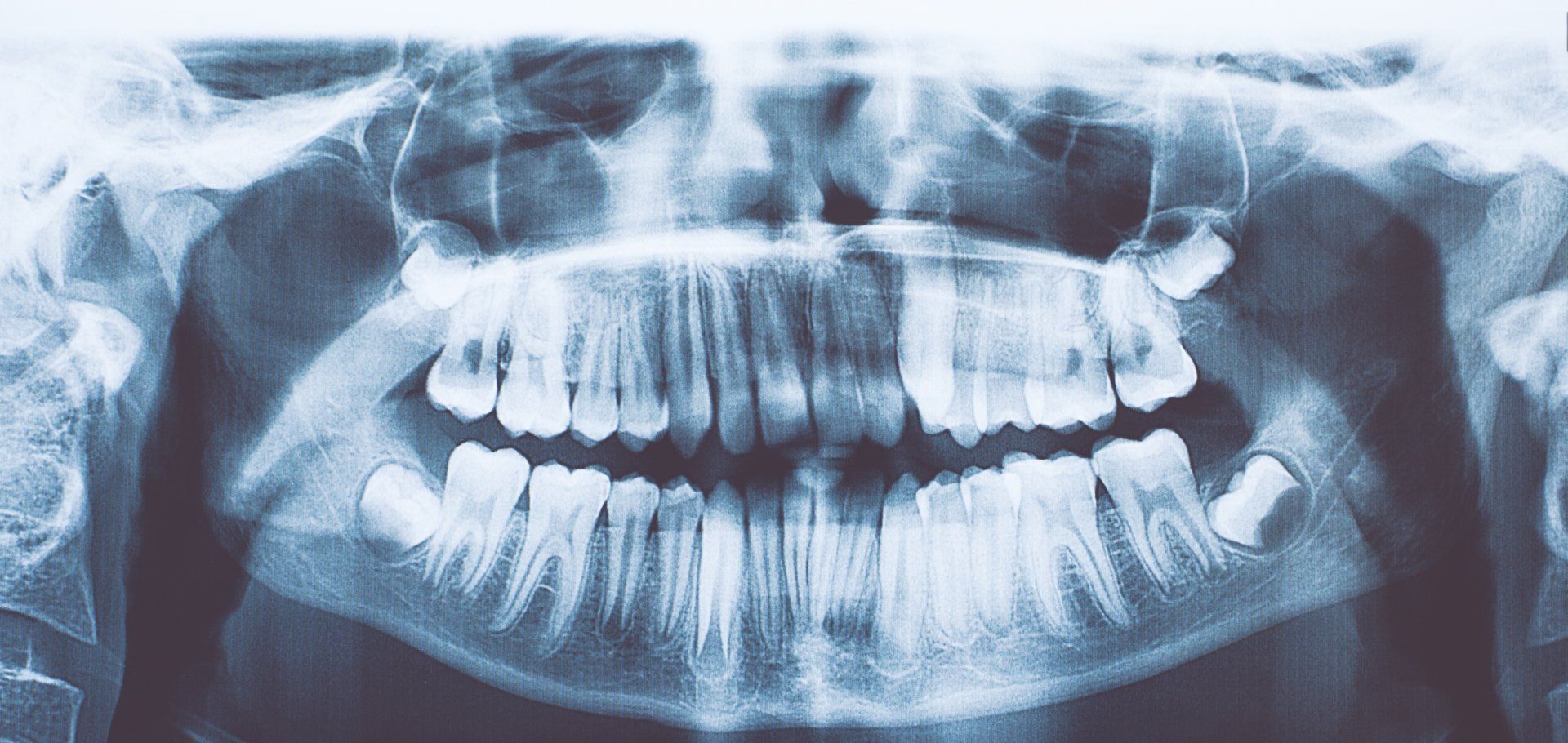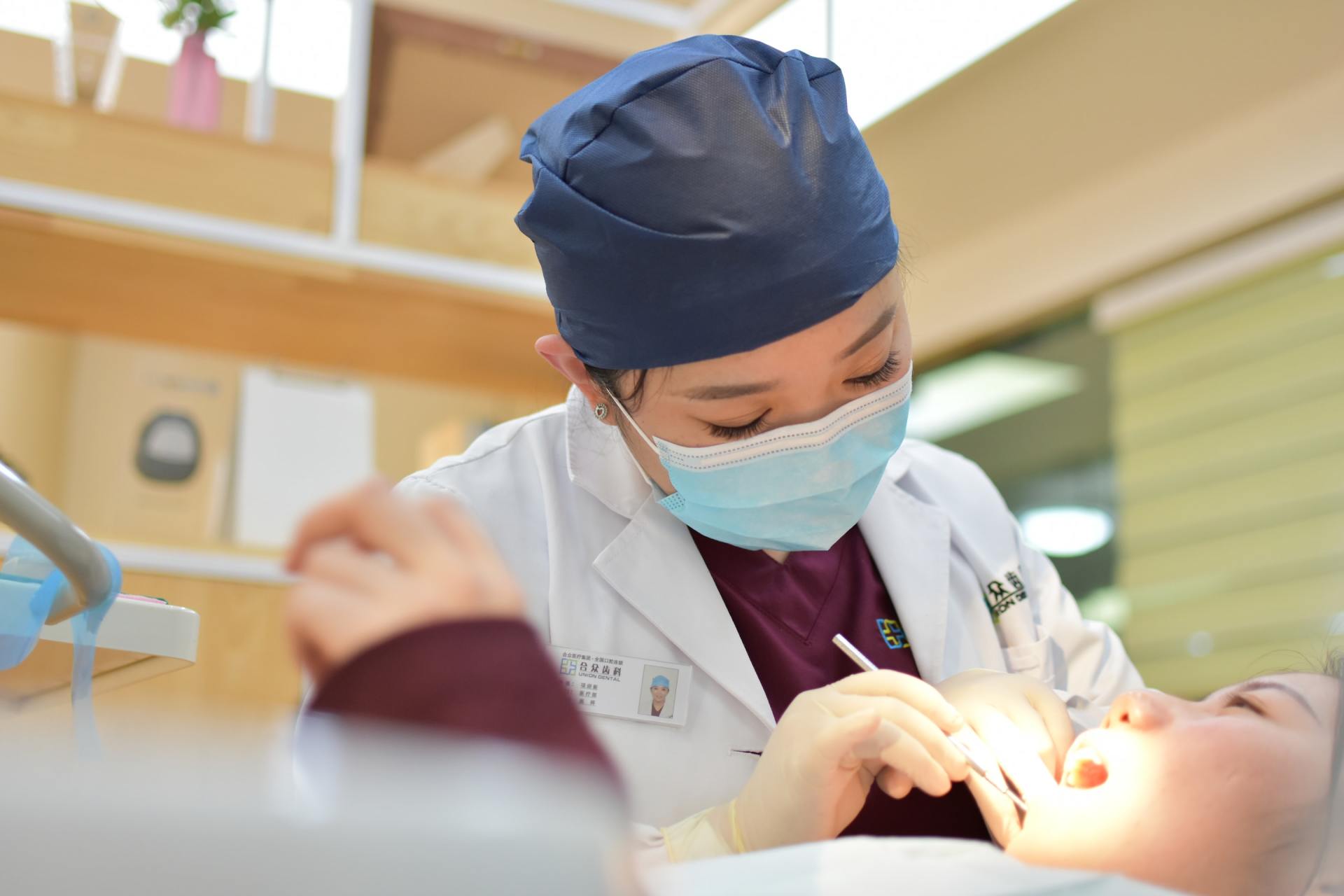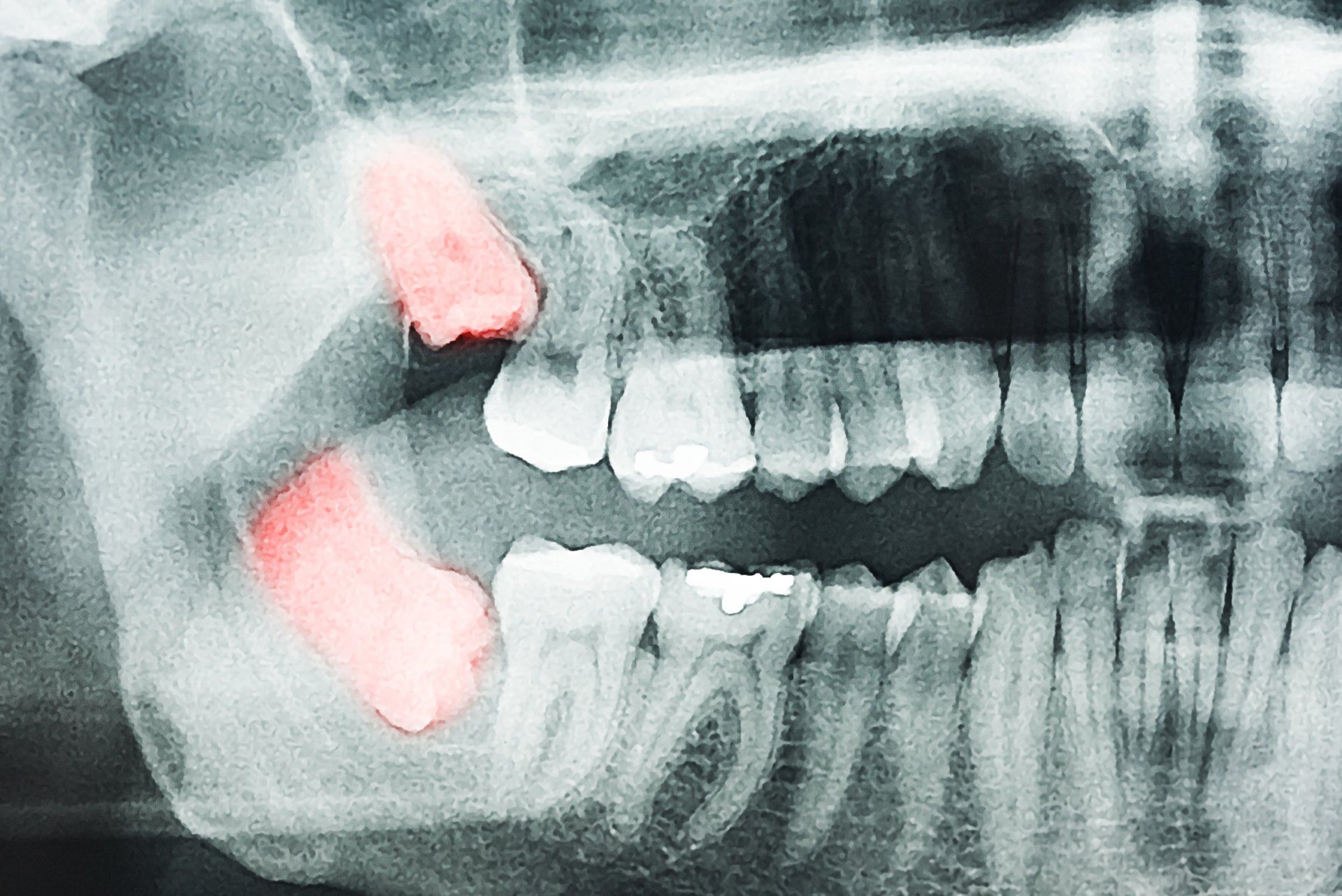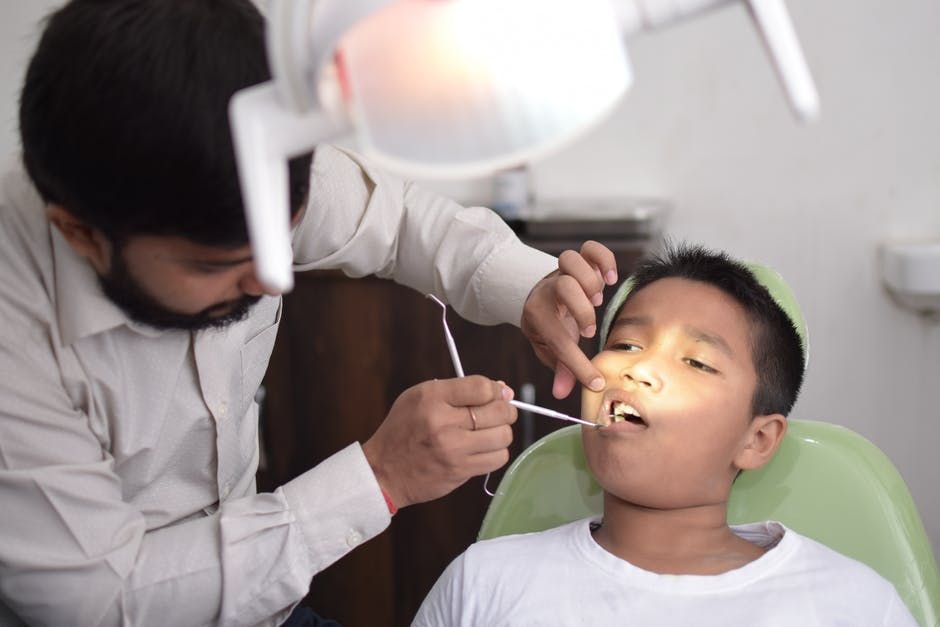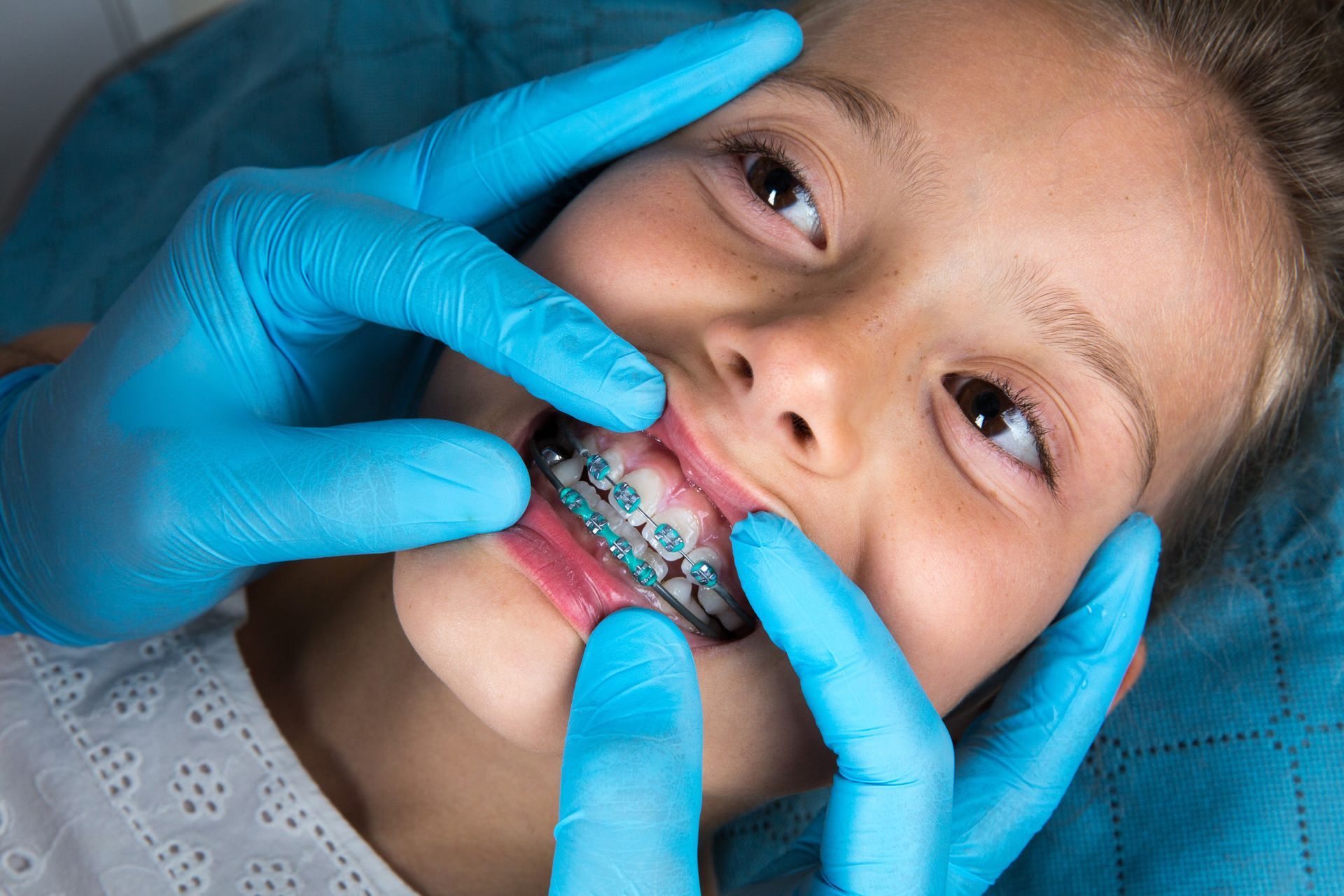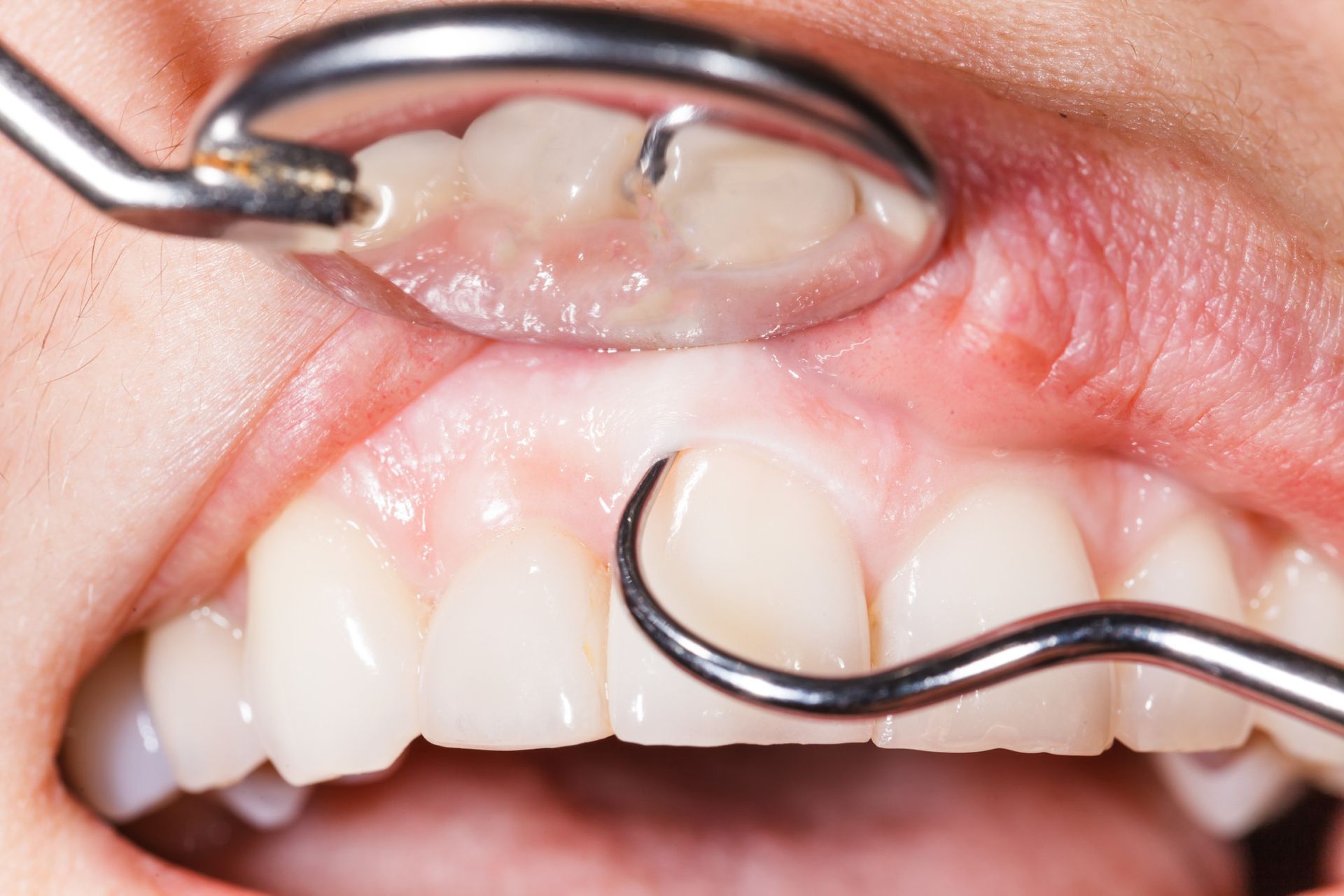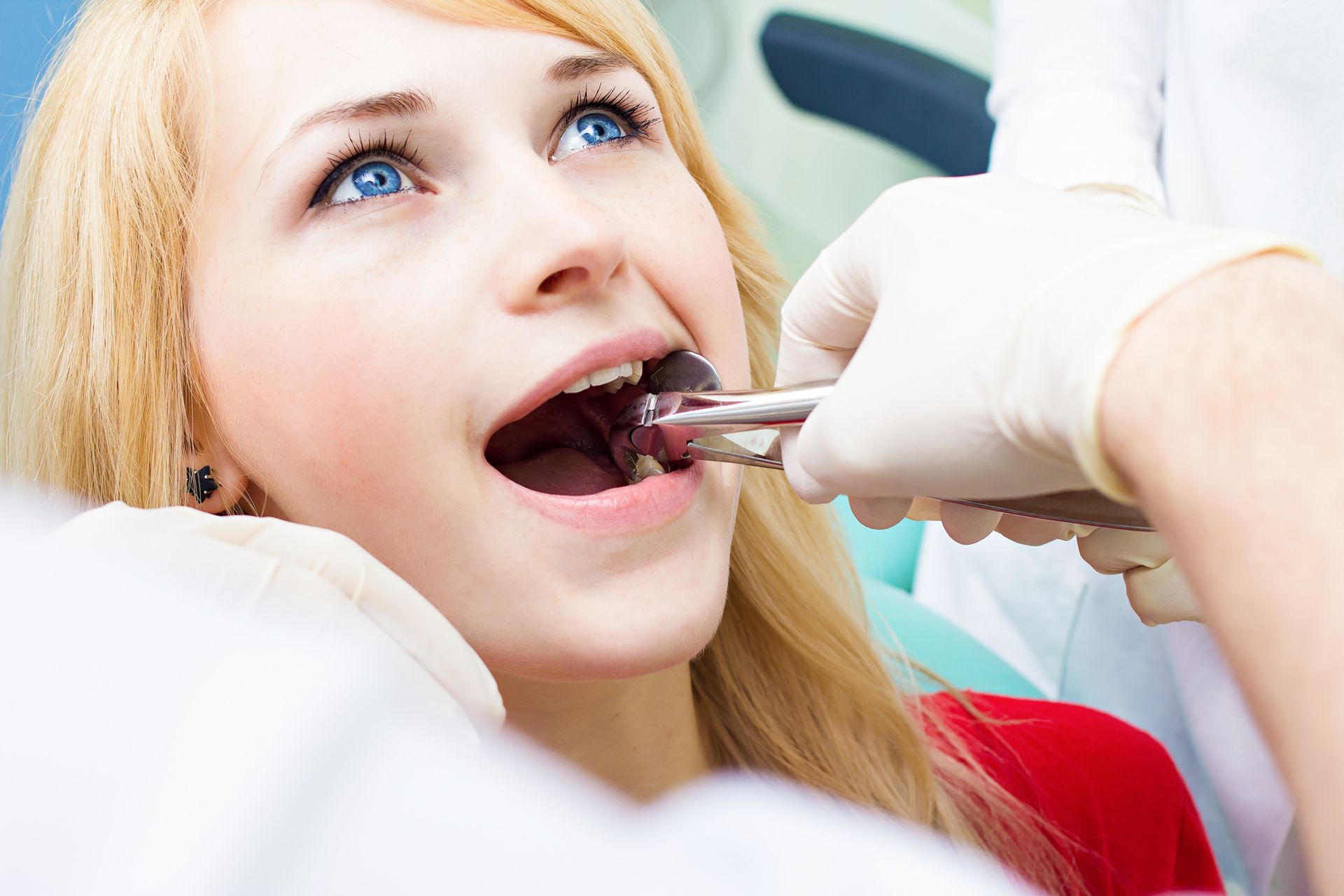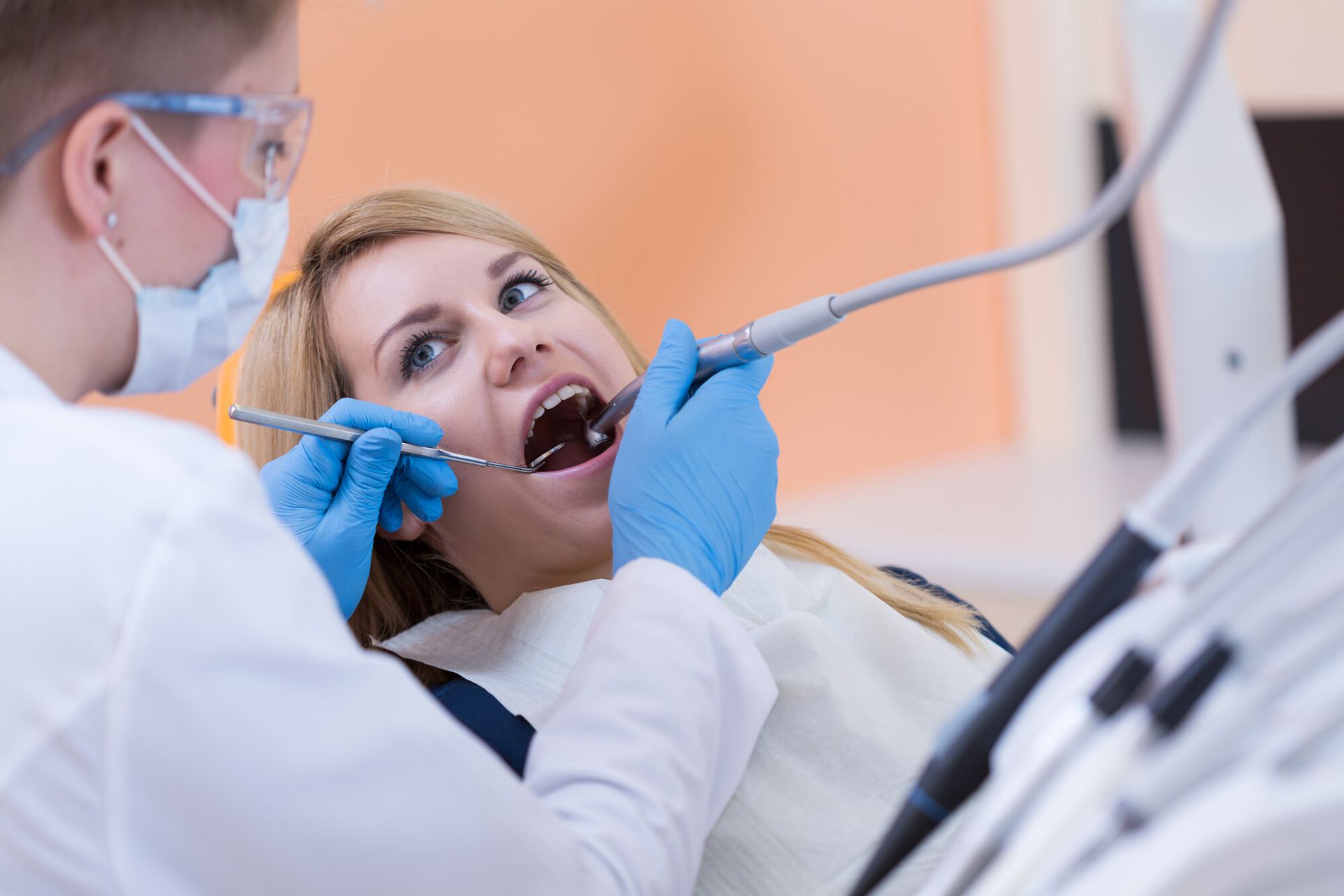Traditional or Digital X-Ray: Which Is Best for Dental Use?
December 14, 2020
Good oral health may literally save your life. That's right: researchers are now discussing a link between tooth loss and risk of heart disease. Considering that heart disease is the leading cause of death
in Canada, focusing on your oral hygiene could possibly save your life.
The first step in your oral health journey is to get a digital x-ray done at your dentist's office. Oral images help dentists diagnose issues that could lead to tooth decay or, worse, tooth loss later in your life.
Yet, before you head in for your appointment, you need to be educated on the different types of dental x-rays offered. Specifically, digital or traditional radiography.
Don't know the difference between the two? You're not alone, which is why we're bringing you this guide. Keep reading to learn how traditional and digital imaging procedures differ plus find out why we always recommend choosing digital.
Who Needs Dental X-Rays?
Dentists order oral x-rays when they want to check out the health of your mouth, gums, and teeth. X-rays are pictures of the inside of your mouth, which your dentist can use to diagnose problems. For example:
- Cavities
- Tooth decay
- Impacted teeth
If your dentist recommended dental x-rays, don't feel too anxious. They're commonplace, as essential as your routine teeth cleanings. In fact, children, aging individuals, and people with a history of poor oral health (i.e., gum disease) may need once-yearly dental x-rays.
Also, keep in mind that any time you switch caregivers, your new dentist will want to start off with a fresh set of x-rays. This is especially true if you've never had dental images taken before.
Two Different X-Ray Techniques: Traditional vs. Digital X-Ray
Traditional x-rays used to be the only type of radiography dentists offered. Enter digital x-ray technology
AKA digital radiography. Today, digital x-rays are more popular than ever and, considering their many benefits, it's no wonder.
Let's explore both of these x-ray techniques and why we always recommend going digital.
Traditional X-Rays
After being discovered in 1895,
practitioners started using traditional x-rays in practice as early as the 1900s. Dentists and doctors used these x-rays to visualize the structure of the body.
Traditional x-rays use radiation to interact with the teeth, gums, and bones in and around the mouth. This interaction produces x-ray images on film, which a dentist would develop and use to diagnose any oral health issues.
Types of Traditional Oral X-Rays
There are two broad types of traditional x-ray images: intraoral and extraoral x-rays. Intraoral x-rays are the most common since they photograph the inside of your mouth. Your dentist orders extraoral x-rays when he or she thinks the issue is with the jaw instead of the teeth or gums.
There are many different types of traditional intraoral x-rays, depending on the part of your mouth the dentist wants to see.
Bitewing x-rays look at how well your back teeth match up on each side and check for cavities between the teeth. Occlusal x-rays check for underbites or overbites. Panoramic x-rays help the dentist visualize your entire mouth and have multiple uses, including identifying wisdom teeth
that need to be removed.
Yet, traditional imaging isn't the only technique out there. In fact, it's not even the technique dentists prefer to use these days. Traditional x-rays have a long history of scrutiny for the high levels of radiation to which they expose patients.
That's why digital x-rays were such an exciting innovation.
Digital X-Rays
Nearly 90 years after the discovery of traditional x-rays, scientists introduce a new type of x-ray: the digital x-ray. This new technology was introduced to dentists in 1987.
Digital radiography combines the power of computer technology with electronic sensors and very small bursts of radiation. Instead of printing out on film, the image forms almost as soon as the sensor is placed in the mouth and projects to a computer screen.
While digital x-ray technology requires additional training for dentists, most practitioners believe the advantages of digital x-ray far outweigh its downsides. Here's why.
The Advantages and Risks of Traditional X-Ray
One of the only benefits of traditional x-ray over digital x-ray is that the former has been used in practice for over 100 years. However, it's this very fact that helped scientists realize that traditional x-rays can be deleterious to human health.
Without the years of traditional x-ray use, researchers may have never understood the link between radiation and cell damage.
The Risks of Traditional Radiography
Have you ever had a traditional x-ray taken? If so, it can be difficult to forget that giant lead apron or sheet placed over your body during the procedure. That lead covering helped protect your internal organs from unnecessary radiation.
Why? Because radiation exposure can cause changes to your body's cells or, worse, can damage your DNA.
Fortunately, the level of radiation experienced during traditional dental imaging isn't enough to cause problems on its own. Still, multiple traditional imaging procedures over time can add up, leading to some of the negative health effects of radiation
exposure.
That's why we recommend always choosing digital x-rays whenever possible.
Why Digital X-Rays are Better
Many dental offices today only offer digital x-ray for patients. Not only does this reduce liability for the dentist, but it also improves the patient experience. More specifically, digital dental x-rays are cheaper, quicker, clearer, and safer than normal radiography.
That's not all: digital x-rays allow easier storage of your oral health records. Unlike traditional x-ray images, digital ones are kept in a computer system, which has virtually unlimited storage space. That makes it easier to transfer from one dentist to the next without losing any of your medical data.
Here are five reasons why digital x-rays are better than traditional radiography.
1. Digital Imaging is Less Expensive
That's right: digital x-rays will typically cost you less than their traditional counterpart. That's because the cost of film to develop traditional x-ray images really adds up. Think about how much it costs to buy film for your Polaroid camera, and you can see why digital radiography is the better choice.
After all, a digital x-ray image projects onto the dentist's computer. This is also why digital imaging offers much quicker results.
2. Digital X-rays Offer Faster Results
Traditional x-rays are printed on film, which means these images have to be developed. The developing process takes time, meaning you and your dentist have to wait for results. Worse, you may have to schedule another appointment before the dentist can diagnose your oral health issue.
With digital radiography, there is no wait. Almost as soon as the dentist places the sensor in your mouth, the image projects onto his or her computer screen. It really is that easy!
3. Digital Radiography Produces Better Images
Think again about those pictures you get from your Polaroid. In today's all-digital world, you're sure to notice the difference in resolution between the photo you take with your smartphone and the pictures that come out of a film camera.
Yet, it's not just the resolution that's better in digital imaging. Traditional x-rays can only project images in 25 different shades. Meanwhile, a digital image can pick up variations of up to 256 shades of grey.
Digital radiography can also access more angles inside the mouth, offering one streamlined view of the entire oral structure. What's more, a dentist can enhance digital images even further using computer programs for an even clearer view.
4. The Digital X-Ray Procedure is More Comfortable
If you get anxious about the dentist, it's likely because you feel uncomfortable with all the unfamiliar sights and smells. You'll be happy to hear, then, that digital imaging procedures offer a much more comfortable experience than traditional ones.
That's because you don't have to wear all the lead protective coverings as you do during a normal x-ray. Also, because digital radiography utilizes a sensor only, you won't have to undergo the lengthy process of scanning or biting down for long periods of time.
5. Digital Radiography Exposes You to Safer Levels of Radiation
The most important benefit of digital x-rays over traditional ones is safety. Digital imaging may reduce radiation exposure for both the patient and the dentist by up to 90%. This prevents health complications of too much radiation, including:
- Radiation sickness
- Skin burns
- An increased risk of cancer
Even if your dentist does use digital imaging techniques instead of normal x-ray, though, he or she should use precautionary measures to ensure your safety.
Where to Get Digital X-Rays in Mississauga & Stoney Creek
So, what's the final word on getting a digital x-ray at your upcoming dental appointment? As long as you choose a dentist you can trust, you'll always be in safe hands during a digital imaging procedure.
Are you searching for a dentist in Mississauga or Stoney Creek where you can get your digital x-rays done? Daas Dentistry is here for you. Schedule an appointment
at our offices today and discover the Daas difference!
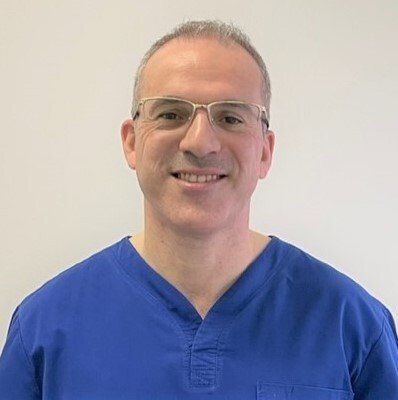
Dr. Ehab Daas
Meet your doctor
Dr. Ehab is a passionate dentist with 15 years of dental experience. He received his D.D.S in 1997, and has practiced dentistry for 6 years since then. Immediately after that, Dr. Da'as moved to Paris to get his Orthodontics and Prosthodontic diploma's in which he specialized in fixed bridges and crowns. He graduated from France with remarkable achievements in 2005, and went on to work for 9 years, focusing on difficult orthodontics cases and satisfying his ortho patients. Dr. Ehab moved to Canada in 2014 to continue his career, where he is proud and extremely honoured to provide his patients with the highest quality service.
Learn More
